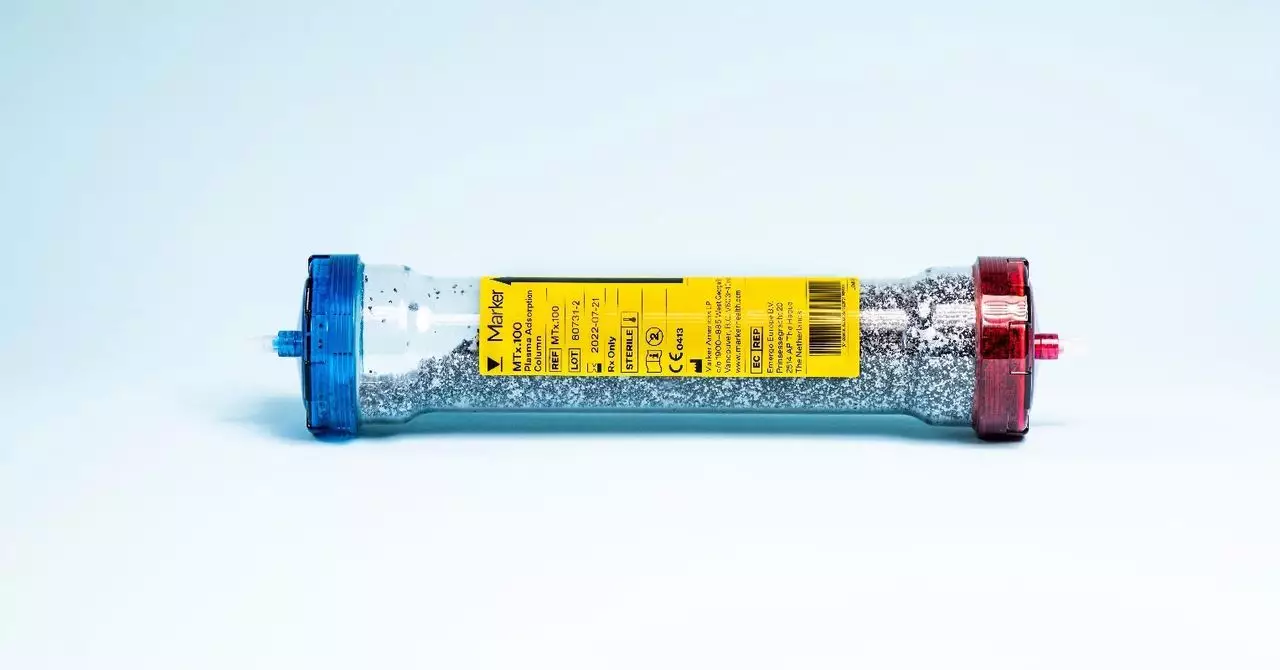The conversation surrounding microplastics is escalating, shedding light on their pervasive presence across our planet. From the lofty peaks of Mount Everest to the secluded depths of the Mariana Trench, these minuscule pollutants have infiltrated every conceivable environment—including our own bodies. This ubiquity is not just alarming; it compels us to confront the reality of living in a world where plastic particles have become an inextricable part of both our ecosystems and our physiological states. Mountaineers scaling Everest now inadvertently carry microplastics on their gear, while wildlife in the ocean and terrestrial regions grapples with the repercussions of this synthetic invader.
The unsettling notion that microplastics are discovered in human bodies—from our livers to our breast milk—forces us to scrutinize our connection to this material world. They have become an uninvited guest in our arterial networks, as research indicates traces of these particles clinging to the fatty plaque of carotid arteries. This research evokes a troubling question: how safe can we really claim our health to be in a landscape where microplastics reside not just in our environment, but within us?
A Commercial Response to a Growing Concern
In response to these anxieties, various clinics have emerged, promising relief from the accumulated toxins found in modern bloodstreams. One such clinic, Clarify Clinics in London, offers treatments that aim to cleanse the blood of microplastics and other harmful substances like PFAS chemicals. Starting at a staggering £9,750, these procedures attract a clientele that harbors concerns ranging from chronic fatigue to a desire for detoxification from modern living.
The procedure involves drawing blood, filtering out plasma, and then attempting to cleanse it of detected pollutants before reintroducing it back into the bloodstream. While the process is touted as largely comfortable, the underlying premise merits further examination. What scientific foundations support such treatments? Which specific health problems do these detoxifications endeavor to address? These are vital questions that patients should consider, as the allure of detox treatment often muddles the line between science and marketing.
The Dilemma of Uncertain Science
Despite growing concerns about microplastics, scientific understanding of their impact on human health is still in its infancy. While studies corroborate their presence within human cells, the direct health outcomes related to microplastic exposure remain poorly understood. A World Health Organization report from 2022 emphasized the dearth of conclusive evidence regarding the health risks posed by microplastics, creating a daunting paradox: while potential dangers loom, clarity remains elusive.
Frederic Bénin, an expert in environmental contaminants, aptly notes that “the dose makes the poison.” This age-old principle underscores the complexity in determining what levels of exposure, if any, constitute a health risk. With countless articles cataloging the existence of microplastics, there exists a notable gap in evidence showcasing the quantifiable effects on human health. Thus, while we possess ample data establishing their omnipresence, the correlation between microplastics and chronic diseases remains largely theoretical.
Impending Health Hazards: Emerging Studies
Despite this uncertainty, alarming trends are beginning to surface that link microplastics to serious health issues. A recent study indicated that individuals with microplastics present in the fatty buildups of their carotid arteries faced an escalated risk of heart attacks and strokes. This data, while compelling, emphasizes the need for more robust research focused explicitly on elucidating the health implications tied to microplastic exposure.
The potential consequences of rampant microplastic contamination call for a collective reevaluation of not just our consumption habits but our relationship with the products we utilize day-to-day. Until science provides more concrete answers, the challenge remains for both individuals and healthcare professionals to navigate these murky waters with caution and informed skepticism.
The dilemma of microplastics reflects a broader crisis of modern living—one interwoven with the complexity of technology, convenience, and a deeper yearning for clarity in an increasingly ambiguous health landscape. As we forge ahead, it is imperative that we cultivate a sense of accountability in our consumption while advocating for enhanced research to unveil the true cost of our plastic-laden existence.

